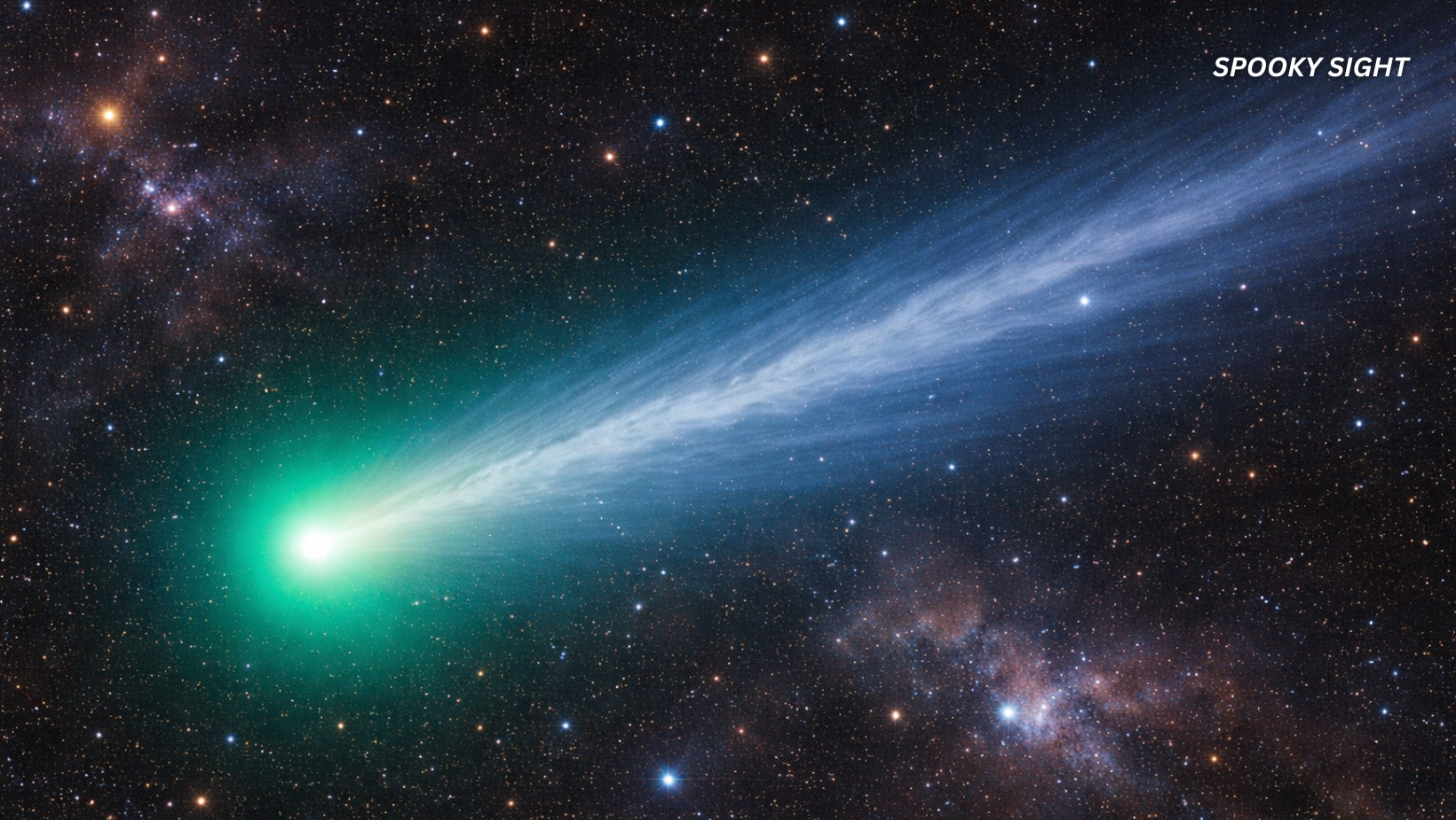Scattered across the arid landscapes of Namibia and parts of Australia, strange circular patches of barren earth interrupt the otherwise rugged terrain. These formations, known as fairy circles, have intrigued scientists and nature lovers for years. Encircled by thriving vegetation, these curious rings seem almost too precise to be random. Their presence, stretching across vast expanses of land in strikingly organized patterns, raises an inevitable question: what force of nature creates them, and why only in these remote regions?
For decades, researchers have attempted to decode this puzzling natural phenomenon. Yet, despite numerous theories, no single explanation has gained universal acceptance. From underground termite activity to self-organizing vegetation patterns, ideas continue to emerge, each offering a new perspective but never quite closing the case. The allure of these formations lies not only in their mystery but also in the elegance with which nature crafts them.
The Fascinating Appearance of Fairy Circles
At first glance, fairy circles appear as barren, circular patches of earth, often measuring between a few feet to several meters in diameter. Surrounding these lifeless spots is a ring of vibrant grass, forming a contrast that is both stunning and eerie. The distinct visual effect of these formations, especially when viewed from above, gives the landscape an otherworldly appearance. From an aerial perspective, fairy circles take on a mesmerizing, almost mathematical arrangement, as if an unseen hand has meticulously positioned them in a repeating pattern across the desert floor.
What makes these formations even more intriguing is the remarkable precision with which they occur. Scientists studying them have observed that they follow distinct patterns—often hexagonal—resembling cellular structures found in nature, such as honeycombs or bubbles packed closely together. This level of uniformity suggests an underlying natural mechanism at play, one that scientists are still striving to fully understand. The repeating geometric patterns indicate that some self-organizing principle, whether biological, ecological, or chemical, governs their formation.
Another striking characteristic of fairy circles is their longevity. Some remain unchanged for decades, persisting despite environmental shifts. Unlike other ephemeral natural formations that fade over time, these rings maintain their structure, reinforcing the idea that a stable and recurring force is responsible for their existence. In addition, the sharp contrast between the barren inner circle and the lush vegetation surrounding it has led some researchers to suspect that water availability plays a crucial role, influencing the survival and growth of plants at the edges while preventing any from taking root in the center.
Interestingly, fairy circles tend to occur in clusters, forming a repeating pattern across vast landscapes. This widespread yet organized distribution makes them unique among natural formations. The precision and repetition of these circles raise questions about their underlying causes—whether biological agents such as termites, self-organizing vegetation systems, or even unknown environmental factors contribute to their creation.
Though their origin remains uncertain, the beauty of fairy circles lies in their mystery. They continue to captivate researchers and observers alike, offering a glimpse into the intricate, unexplored patterns of the natural world. Understanding them fully may take years, but their presence already serves as a testament to the complexity and wonder of nature’s hidden designs.
A Debate Rooted in Science
Despite the many efforts to explain fairy circles, no definitive answer has been found. Several leading theories have emerged, each with its own merits and limitations. Researchers continue to explore the possibilities, often arriving at conflicting conclusions that fuel further debate.
The Termite Hypothesis
One of the earliest explanations attributes fairy circles to underground termite colonies. According to this theory, sand termites burrow beneath the ground, consuming plant roots and preventing vegetation from growing within the circle. The outer ring of greenery, in contrast, flourishes due to the redistribution of moisture—water that would have otherwise been used by plants within the circle is instead available to those along the perimeter.
While field studies have found termite activity beneath some fairy circles, not all exhibit clear signs of insect involvement. Additionally, this theory struggles to explain the near-perfect spacing of the formations over vast areas. If termites were solely responsible, their activity would likely create more irregular patterns.
The Vegetation Self-Organization Theory
Another compelling explanation comes from the field of ecological self-organization. This theory suggests that fairy circles arise due to competition among plants for limited resources, particularly water. In arid environments, vegetation tends to organize itself in a way that maximizes survival. Some researchers argue that plants in these dry regions form patterns naturally, with barren patches developing where water is insufficient to support growth. This process, observed in other drought-prone landscapes, suggests that fairy circles might be an emergent property of plant behavior rather than the work of insects.
Mathematical models supporting this theory have demonstrated how plants can create patterns similar to those seen in fairy circles. However, not all experts are convinced. Some believe that while self-organization may play a role, it may not fully account for the consistent shape and spacing of the circles.
Gas Emissions and Soil Chemistry
Other researchers have turned their attention to the chemical composition of the soil. Some suggest that subterranean gases, possibly originating from decaying organic matter or geological activity, could be responsible for creating conditions that prevent plant growth in certain areas. Changes in soil composition—such as increased toxicity or altered pH levels—might explain why vegetation fails to establish itself within the circles while thriving around them.
This theory remains less explored but has the potential to provide new insights. However, no conclusive evidence has been found linking soil chemistry directly to the formation of fairy circles.
Why Only in Certain Regions?
Another lingering question concerns the selective appearance of fairy circles. They are found primarily in the Namib Desert of southern Africa and parts of the Australian outback—both regions known for their extreme aridity. Yet, similar conditions exist in other deserts worldwide, and fairy circles do not appear in those locations. What makes these two landscapes so uniquely suited for this phenomenon?
Some scientists suggest that a combination of environmental factors—climate, soil composition, and the presence of specific plant species—creates the perfect conditions for fairy circles to form. Others propose that the phenomenon may exist elsewhere but has simply gone unnoticed. With modern satellite technology, researchers continue to scan the globe for similar formations, hoping to determine whether these circles are more widespread than previously thought.
The Ongoing Search for Answers
Despite decades of study, fairy circles remain one of nature’s most intriguing puzzles. Theories have come and gone, each contributing a piece to the larger mystery, but no single explanation has prevailed. The answer may lie in a combination of factors rather than one sole cause.
As technology advances, new tools such as high-resolution imaging, soil analysis techniques, and climate modeling may bring researchers closer to solving this enduring mystery. Until then, the sight of these eerie, perfectly spaced rings in remote deserts continues to inspire wonder and curiosity.
While the origins of fairy circles may remain unknown, their existence serves as a reminder of nature’s ability to create beauty through patterns that defy explanation. Whether shaped by termites, plant self-organization, or hidden forces beneath the earth’s surface, fairy circles stand as silent, mysterious sentinels of the natural world—whispering secrets yet to be fully understood.










